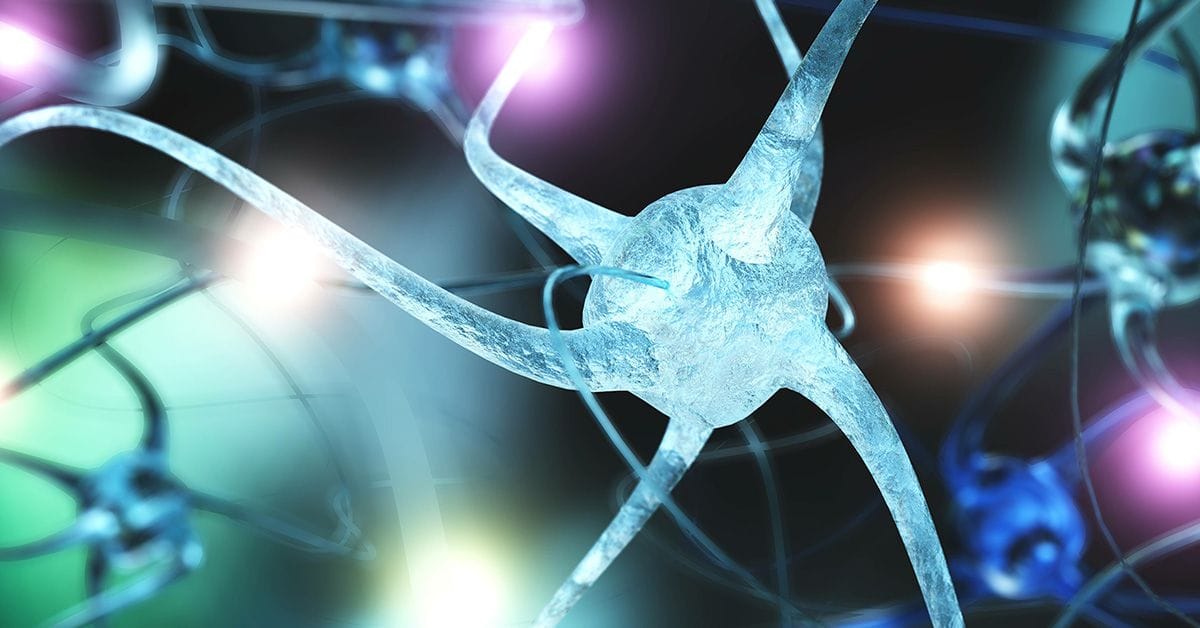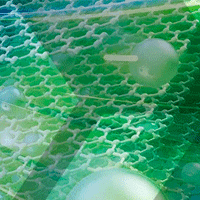Mind-controlled robots might sound like science fiction, but it’s already becoming science fact. Driven by advances in sensor and electrode chemistry, brain signals can now be incorporated into machine interfaces and used to control an array of external devices.

Brain–machine interfaces allow an individual to operate external devices using only their brain waves. This futuristic technology has vast potential for robotics, with obvious utility in bionic prosthetics, neurogaming, electronics, and autonomous vehicles. The systems typically rely on a sensing interface to detect cortical electrical activity—a signal that encodes human intent.
Electroencephalography (EEG) is more commonly understood as a medical technology, which uses neural sensors to measure brain activity. To perform an EEG, specialized electrodes are implanted into or placed on the surface of the head. But a limitation of this technology for non-medical uses is the need for wet sensors, which use a conductive gel that can irritate the scalp and may trigger allergic reactions. As an alternative, researchers have been developing dry sensors, but their performance has been subpar, especially when trying to capture a signal from hairy and curved areas.
Now, work published in ACS Applied Nano Materials from a team in Australia showcases several graphene-coated structures that could function effectively as next-generation dry sensors for brain–machine interfaces. Graphene offers a few key attributes as an electrode, including its very thin nature, high conductivity, biocompatibility, and stability in sweat.
This study expands on previous research from the same team, in which they reviewed the advantages of graphene as a viable two-dimensional electrode for neural interfaces and also used the material to successfully detect high-quality EEG signals from the frontal region of the head.

Graphene: Explore Recent Advances & Applications
In this new study, the researchers tested a variety of shapes and patterns, each around 10 µm thick. Of the shapes tested, the hexagon worked the best on the bumpy, hairy region at the base of the head where the visual cortex is located. To further test the system, eight sensors were built into an elastic headband to hold them in place. When combined with an augmented reality headset displaying visual cues, the electrodes detected which cue was being viewed and interpreted those signals into commands that controlled the motion of a quadruped robot. In terms of performance, the new graphene electrodes did not conduct quite as well as traditional wet sensors, but they offer huge potential from which to build.
Advances in biosensing nanomaterials such as graphene could potentially have far-reaching applications, including even the possibility of a bidirectional flow of information in brain–machine interfaces. While we might not be quite there yet, this work opens the door for more robust applications of dry sensors for brain-powered technologies.
